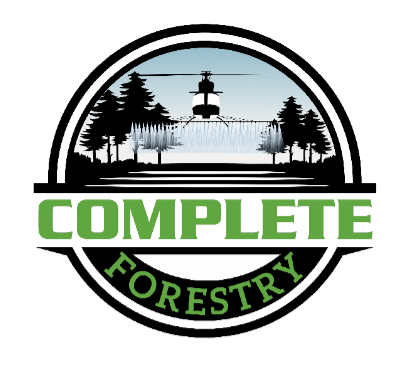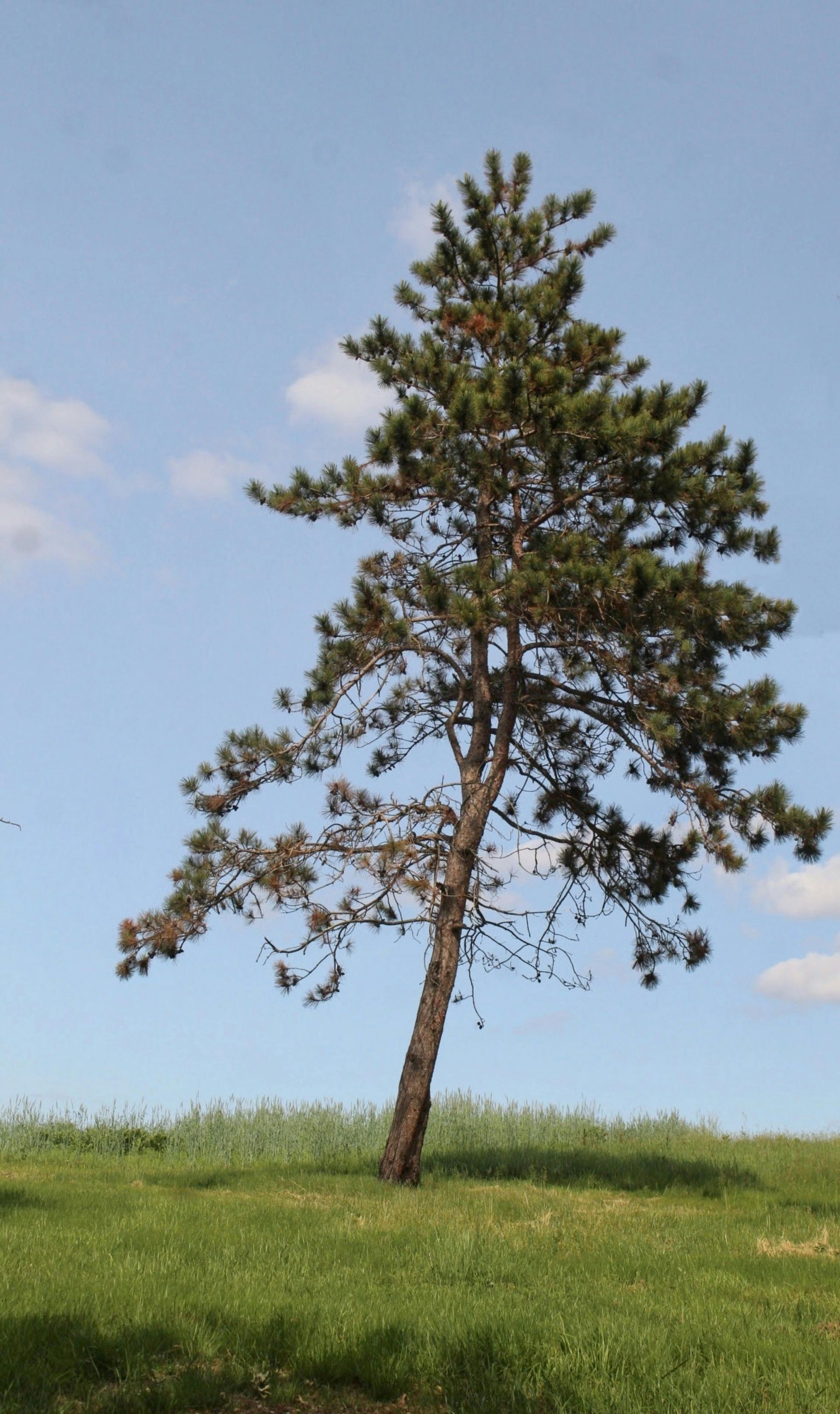Blog

Let’s face it, there’s a lot of confusion out there concerning herbicide application rates. One person says he’s using a 3% solution: the next person say’s he’s using a 1.2% solution. Both may be using the same amount of herbicide but are viewing the situation differently. What’s going on here? Herbicides are produced and marketed in a vast array of product names and concentrations. Some are formulated to be applied in rates of pints per acre, quarts per acre and even gallons per acre while others are formulated to be applied in ounces per acre. Mixing the appropriate amount of chemical and carrier (usually water) is critical for achieving the expected results and avoiding damaging unintended targets, as well as damaging the environment. Another consideration is that some of these low volume herbicides are very expensive, over $600 for a 3-pound container. The key to the proper mixing and application of herbicides is to understand that each product has its own concentration of active ingredient, usually referred to as percent ai. By referring to a solution by a certain percent ai, a common ground, a standard, is established and all the different market available formulations can be comparatively evaluated for cost and applied concentration. For example, a review of one list of glyphosate products, the active chemical in the herbicide originally marketed as “Roundup”, finds more than 65 different products that are produced and sold under an assortment of different brand names. These products are formulated to contain the manufacturer’s desired concentration of active ingredient, ranging from technical grade material at 98% concentration down to the 1.8% off-the- shelf product sold at Walmart. Both products use the same chemical active ingredient but are vastly different in cost and application (mixing) requirements. Most people think that “Roundup” is “Roundup” and all are equal. Herein lies the source of the confusion. To illustrate, let’s say the farmer Brown says he applied a solution of glyphosate herbicide called “RazorPro” for privet control. He has a 100-gallon tank in which he added 3 gallons of glyphosate product he bought at the local coop. He added water to fill the tank to 100 gallons. He now says he has a 3% solution. After all, the math shows he’s right. 3 gal./ 100 gal.=.03, or 3%. What he didn’t realize is that the RazorPro product is only 41% ai., so the math really looks like this: 3 gal./ 100 gal. X .41 = .012, or 1.2% active ingredient concentration, less than half the concentration he thought he had applied. If the target species required a treatment solution of 3% to achieve the expected level of control, farmer Brown will likely be dissatisfied with his results. Moreover, he likely would never be aware of the real reason for his poor results. Another source of confusion is that chemical company reps and others sometime provide recommendations for applied concentration based on a certain product, i.e., a 3% solution of RazorPro for example. The intent is to simplify things for the user, but too often the person fails to understand that the person making the recommendation has already. accounted for the percent ai and the actual target solution is 1.2% ai. A 3% product concentration can be very different from a 3% ai concentration. If this method is used, clear communication must be maintained to indicate that the solution is based on a specific herbicide product, i.e., RazorPro, 41% ai. Too often in subsequent discussions with neighbors, the user simply recalls he used a 3% glyphosate solution, which is incorrect. Formulating a herbicide solution of a certain concentration can be a confusing task. Certainly, your Complete Forestry representatives can help clarify the process. We take the time to provide the necessary specifics to our clients. Working with an experienced and knowledgeable company can make the difference between success and failure of the project, and it can help take the confusion out of dealing with herbicides.
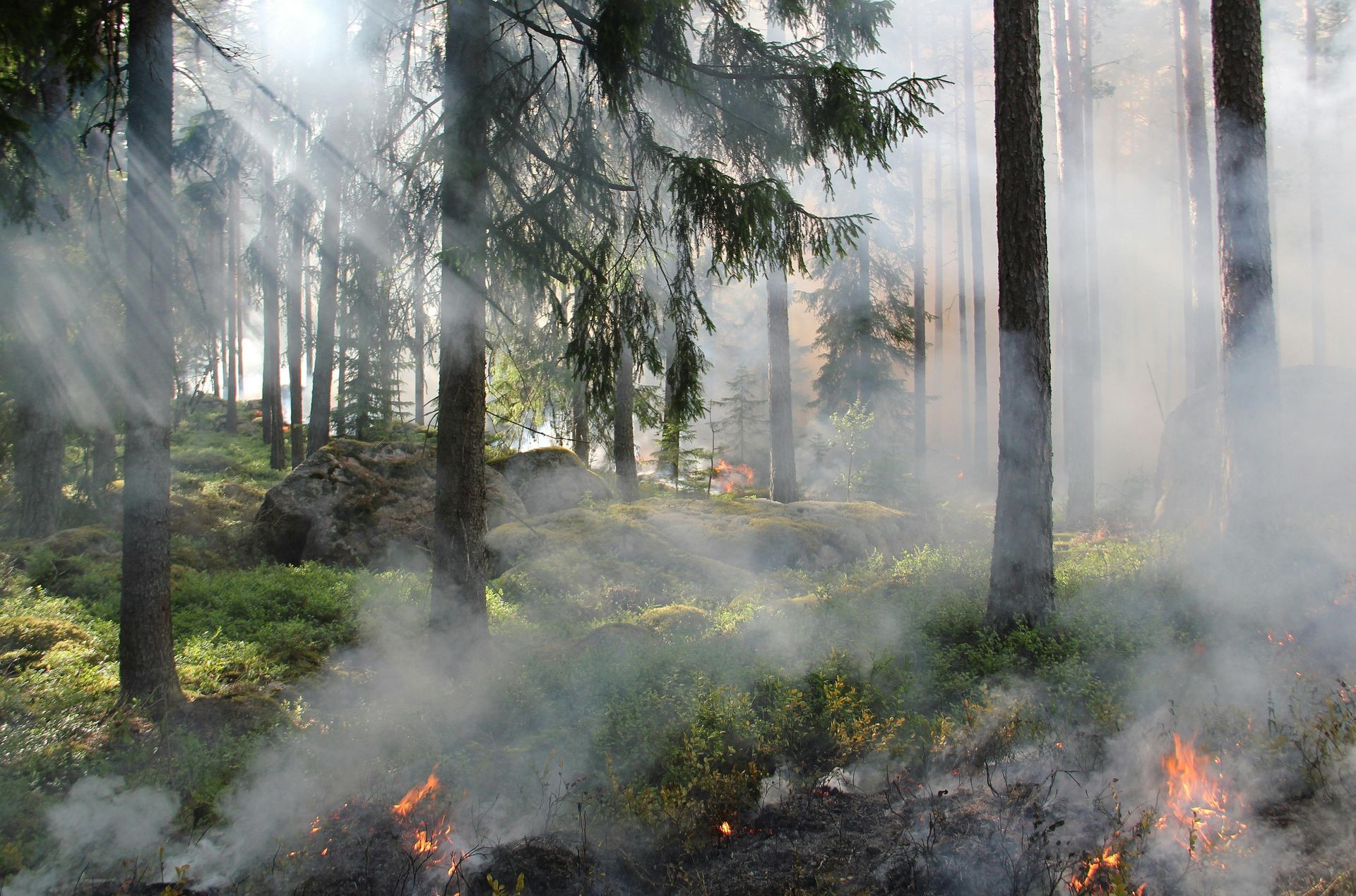
In the south, no other forest management practice accomplishes as much for wildlife habitat improvement as prescribed burning. In addition, it is one of the most affordable practices available to forest landowners. That said, no other tree species is better suited for a prescribed fire regime. In fact, longleaf pine communities depend on frequent, low intensity fires to reduce woody competition and reach their full potential. The rich wildlife ecosystem that is realized with a longleaf forest with frequent prescribed burning is probably one of the main reason the America’s Longleaf Restoration Initiative (ALRI) has been such a huge success. The ALRI has helped establish over 2 million acres to longleaf and helped prescribed burn on over 17 million acres and these practices translate into positive outcomes for local economies, rare species, recreation, forest resiliency, wildfire risk, clean air and water, and carbon sequestration. The good news is this initiative is still going on and Complete Forestry is actively involved with longleaf restoration. We have assisted many private landowners with their longleaf establishment. The first step in the process is getting a good site preparation to enable the longleaf seedlings to get established. One of the staff members with the Longleaf Alliance once said, “If you have limited dollars for establishment, the money is better spent on site preparation as compared to herbaceous release”. Getting the site preparation done right the first time is vitally important to the success of the project. Trying to fix an inadequate site preparation is problematic. The second step is getting quality seedlings, handling them with care, and planting them correctly, and at the right time. This is not as simple as it may seem. At Complete Forestry we offer quality seedlings from reputable nurseries and use experienced planting crews that do the job right. The third and final step in the process is to begin a prescribed burn program, not just a one and done, but burning every 2 to 3 years for the life of the stand. Like I said in the beginning, this is the key in the process of wildlife habitat improvement. Without prescribed burning you might as well plant loblolly. If prescribed burning is not implemented there is very little difference between a loblolly stand and a longleaf stand. Many forest landowners across Alabama and the southeastern range of longleaf have realized the tremendous positive impact you can have on wildlife habitat by planting longleaf pine and then implementing a prescribed burning plan. At Complete Forestry we are ready to assist you with your project. Contact us and let’s get started.
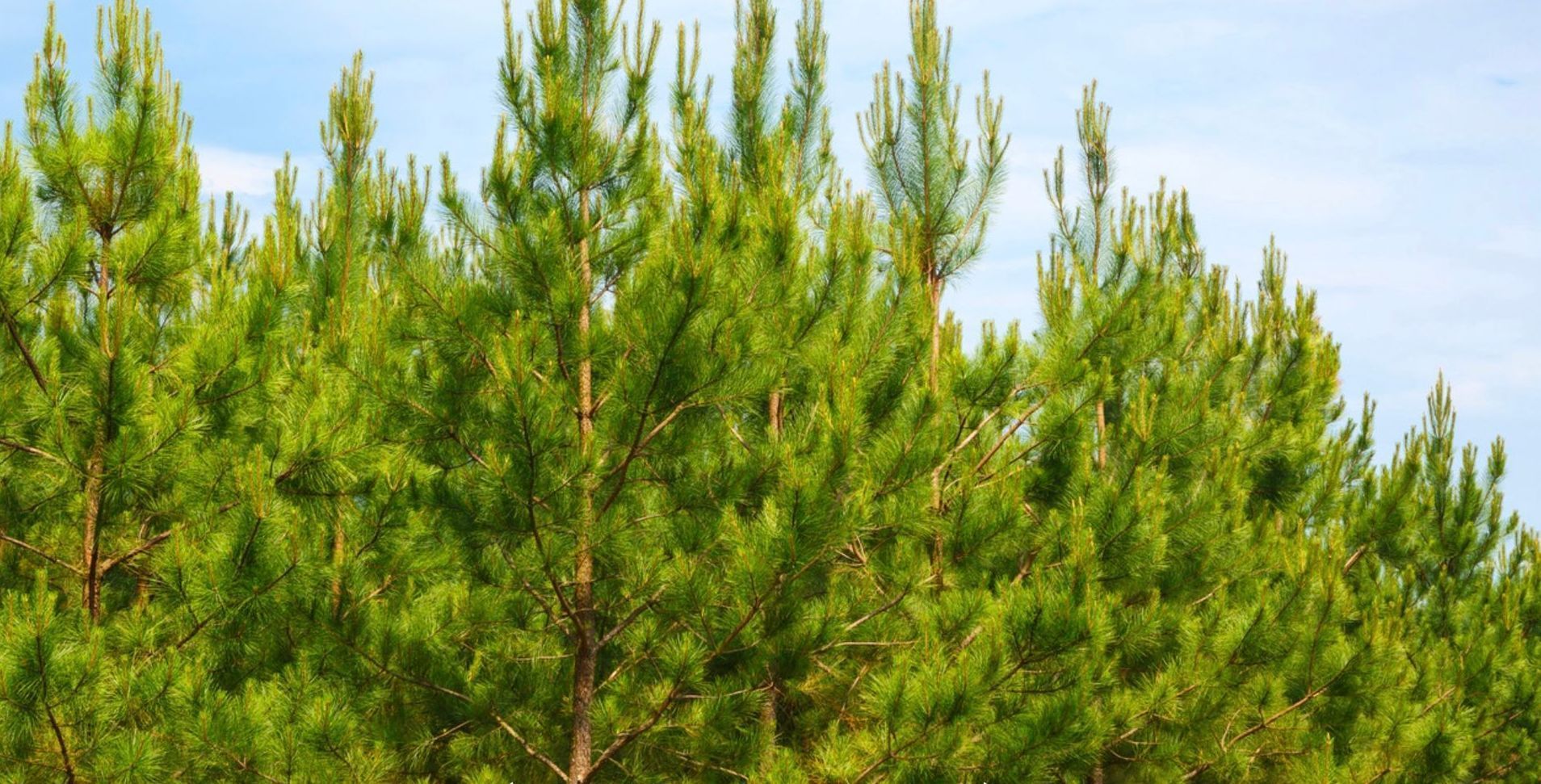
Loblolly Pine verse Longleaf Pine, which is the right choice for you and your property? Both species are native to Alabama, and each have their own advantages and disadvantages. You are making a long-term decision, so it is important to consider what species will help you reach your goals. Advantages of Longleaf: Wildlife habitat is enhanced (if proper prescribed burning is practiced at regular intervals) Longer life span, commonly 60-year rotations and even longer if desired Final timber products are usually higher value (considerably higher percentage of poles and sawtimber) Pine straw markets favor longleaf straw over other species of pines More financial opportunities exist for longleaf restoration Can burn early Disadvantages of Longleaf: It takes longer to reach a point of where a commercial thinning is suitable or appropriate More management required to maintain a healthy longleaf ecosystem Advantages of Loblolly: Fast growth rate Better genetics through years of superior breeding Can reach a merchantable size and be ready to thin as early as age 14 or 15 Suitable for planting in a wide variety of soil types and locations across the state Herbicide release is available with a variety of commercial chemicals Disadvantages of Loblolly: Small tracks (<40-60 acres) are hard to get thinned due to the limited professional loggers willing to operate on these size tracks There is an oversupply of loblolly pine in the state and inventory data shows we are still growing more than we are cutting Loblolly is more susceptible to many insects and disease pest
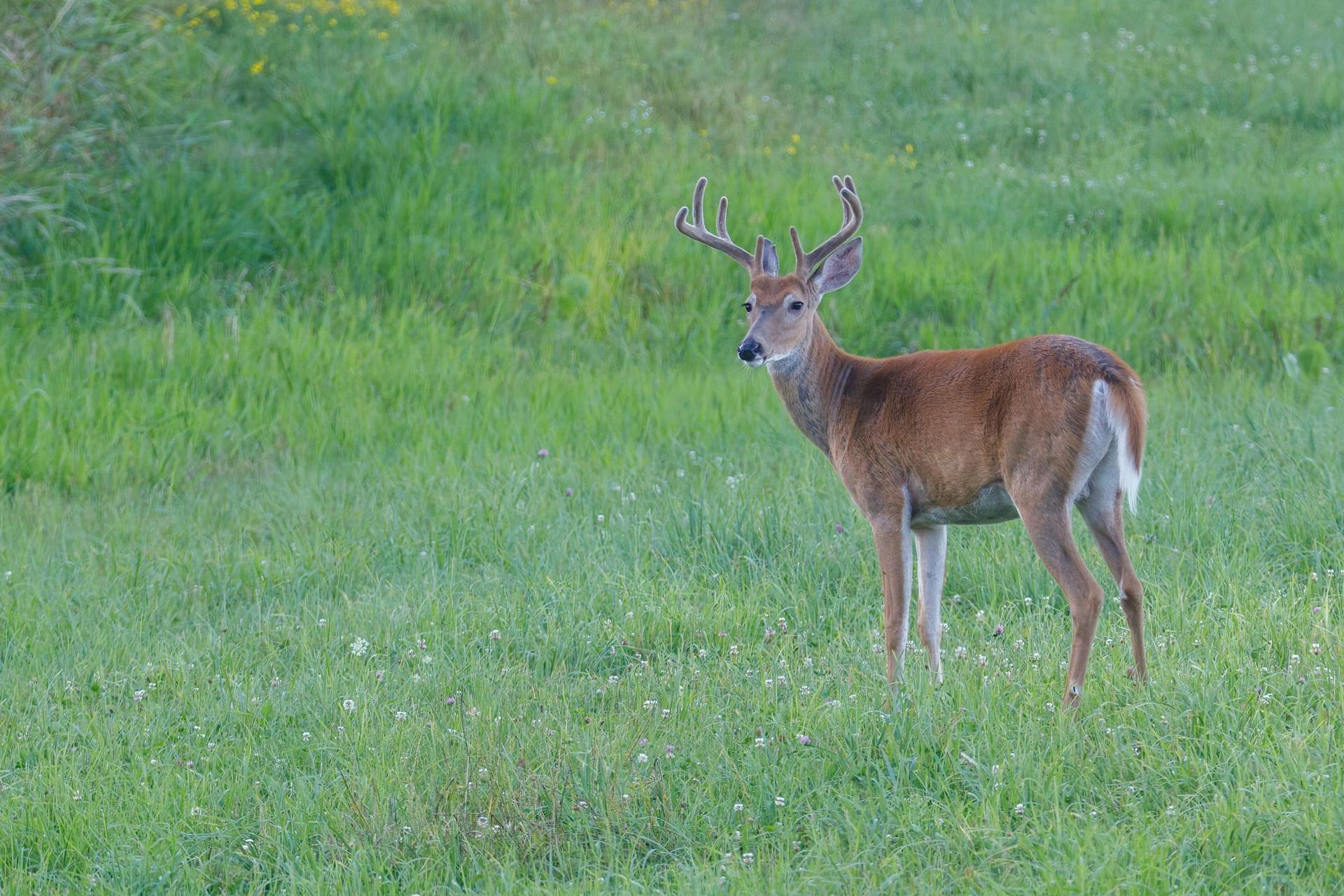
Most landowners share a common problem with the rest of the human race: there are not enough hours in the day to reach all their objectives. So allow me to offer a common sense solution: develop a basic forest management plan that will benefit multiple objectives. Since the primary objectives of many landowners are timber and wildlife management, let’s take a look at a plan that includes whitetail deer and timber. Hunting whitetail deer is big business in Alabama. It is the number one game animal hunted in the state. Some 180 thousand deer hunters account for more than four million man-days of hunting activity annually, making a significant impact on the economy of rural Alabama. Most landowners/hunters spend the majority of their time on food plots and deer stands and, believe me, with the time restraints we are under these days, I understand this. However, to neglect the surrounding forest is a big mistake that need not be made. With the big picture in mind, look with me at the five basic areas a landowner should consider. 1. Species 2. Stocking 3. Protection 4. Intermediate Stand Treatments 5. Cuttings/Final Harvest Species is a major consideration when reforesting an area after a clearcut or planting an old field. Fitting the best species to the site is an important consideration during the establishment phase. For years some landowners have complacently selected loblolly pine far too often. There is, of course, nothing wrong with loblolly pine; it’s a native species, grows fast and produces good quality timber. However, two other southern yellow pines could be considered: longleaf pine and shortleaf pine. If the soil type is suitable, longleaf and shortleaf should be considered because of their ability to handle prescribed burning sooner and more often.Prescribed burning is a valuable management tool and helps improve the wildlife habitat for deer and many other species. The sooner you can introduce prescribed fire to a pine stand, the better your habitat will improve. So keep an open mind about these two other native pine species. Consider also managing for hardwoods on the right sites. In short, explore your options and make the best choice when selecting species. Stocking When is enough, enough? That is a good question; that’s why it has been debated for years. Establishing stands with high density can result in “biological desert,” a term used to describe a forest floor shaded out from the sun with little or no grasses and forbs growing at the ground level. On the other end of the spectrum you can have the density too low and the timber you are growing has a greatly diminished value because of limb retention and poor form. Here are some basic planting ranges that are generally accepted and provide a good stocking for both timber and wildlife. Pine Hardwood Spacing trees per acre Spacing trees per acre 7’ x 10’ 622 12’ x 12’ 303 8’ x 10’ 545 12’ x 14’ 259 8’ x 12’ 454 For a healthy mixture of timber and wildlife values, it’s hard to beat a longleaf pine stand established at 600 trees per acre and prescribed fire introduced at an early age (age 2 or 3) and then burned ever 2 to 3 years thereafter. Protection is usually associated with wildfire protection and it should be, but wise forest landowners will take the necessary precautions to limit the impact of all forest pest & hazards such as: Insects, Disease, Livestock, Invasive species, and wildfire. Far more timber is killed from insect pest such as Bark Beetles than wildfire. Insect prevention: – Maintain healthy vigorous forest growth – Monitor high hazard stands during peak months – Conduct salvage cuttings as needed to remove damaged trees – Familiarize yourself with control methods Invasive plant prevention: – Require harvesting crews to clean their equipment before coming to your property – Learn to identify the major plant species that are a problem in your area – Go the Alabama Invasive Plant Council’s website and see what problematic species are in your county - https://www.se-eppc.org/alabama/ Protecting a forest stand from these pest and hazards is more than just good forest management, it’s good wildlife management. Wildlife will thrive in a healthy forest; they depend on the forest for their cover, bedding area, food, and water. An unhealthy forest or one decimated by insect and disease pest provide far less benefit to wildlife and far less income for the landowner. Intermediate stand treatment is described as any treatment designed to enhance growth, quality, vigor and composition of the stand after establishment and prior to final harvest. Some of the more popular intermediate stand treatments are listed below. It is worth noting that many of these treatments/practices will also greatly improve the wildlife habitat of whitetail deer. Common Intermediate Stand Treatments Thinning Methods: 1) Commercial 2) Precommercial Release Operations: 1) Cleaning 2) Liberation 3) Herbaceous Weed Control Improvement Cutting Salvage Cutting: removing dead or damaged trees from insect, disease, fire, or wind Prescribed Burning: in addition to the obvious forest improvements of lowering the wildfire risk, it also attracts deer because of the improved nutrition Forest Fertilization (more common in sandy soils) Pruning Forest Stands 1) Natural (*) 2) Artificial (*) Techniques include: a) plant dense b) thin late c) thin light Cuttings and final harvest are critical to the success of a forest management goal, but they can also be important for the success of a wildlife goal. It is advisable in any timber sale to have a plan. The services of a consultant forester are always advisable before conducting a timber harvest, but you may also consider having a wildlife biologist review your property or harvest plan and share helpful insights and ideas. If deer management is a primary goal, then the timber harvest plan should reflect certain ideas and designs. Here are a few ideas that come to mind: Leave wider streamside management zones; 35 feet is the minimum under Alabama’s Best Management Practices for Forestry – consider doubling that width Consider reducing the size of clear-cuts to increase diversity Retain mast-producing trees and fruit-producing shrubs and protect them from forestry operations Create or maintain corridors between harvested stands (forested strips) to connect uncut forest stands Following some basic forest management principles can not only improve your forest management goals, it can also improve your wildlife habitat. That is the well-deserved reward of using a basic plan that makes good use of your time and helps you accomplish two of your objectives. Give yourself a pat on the back: Well done!
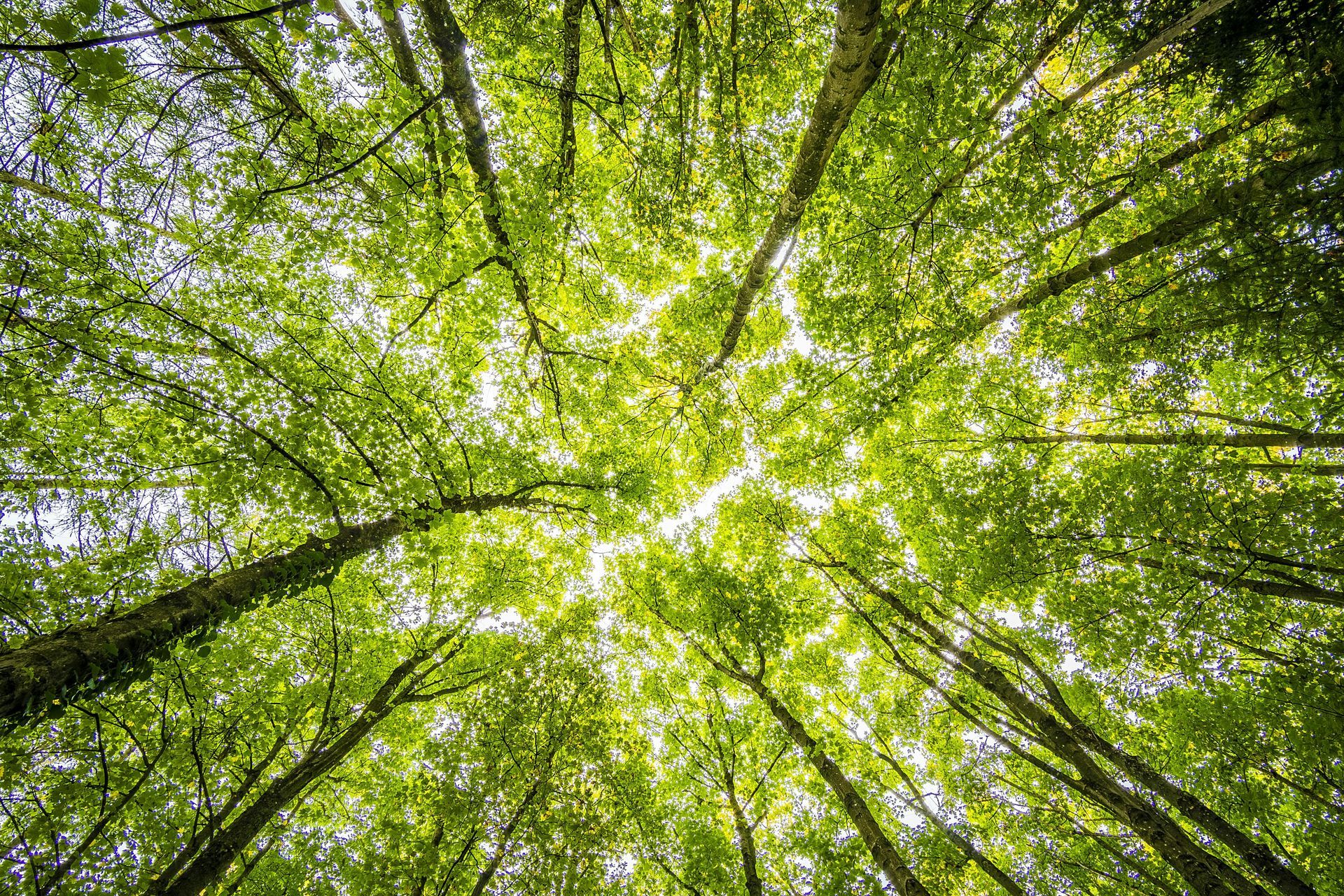
Delaying reforestation because cost-share is not available is not a wise financial decision. In a recent study in Virginia, the financial impact of delaying reforestation for one-year verses prompt reforestation with or without cost-share was explored. Three cases were developed and analyzed: 1. Prompt reforestation with cost-share 2. Prompt reforestation no cost-share 3. Delaying reforestation one-year with cost share In each case all site variable were the same: site index 60, southern piedmont loblolly pine plantation, site prepared and planted, 600 trees per acre were planted, two thinnings prior to final harvest, rotation length 35 years. The results show that prompt reforestation with and without cost-share achieve better finical results than reforestation with cost-share delayed one year. The key factor in the equation is the increase in establishment costs. Stand establishment costs usually increase proportionally up to three years after a harvest. A landowner’s best financial result will be achieved with prompt reforesting during the planting season immediately following a harvest. Table: Net present value, land expectation value, equal annual equivalent, an internal rate of return for reforestation scenarios with and without cost-share.

